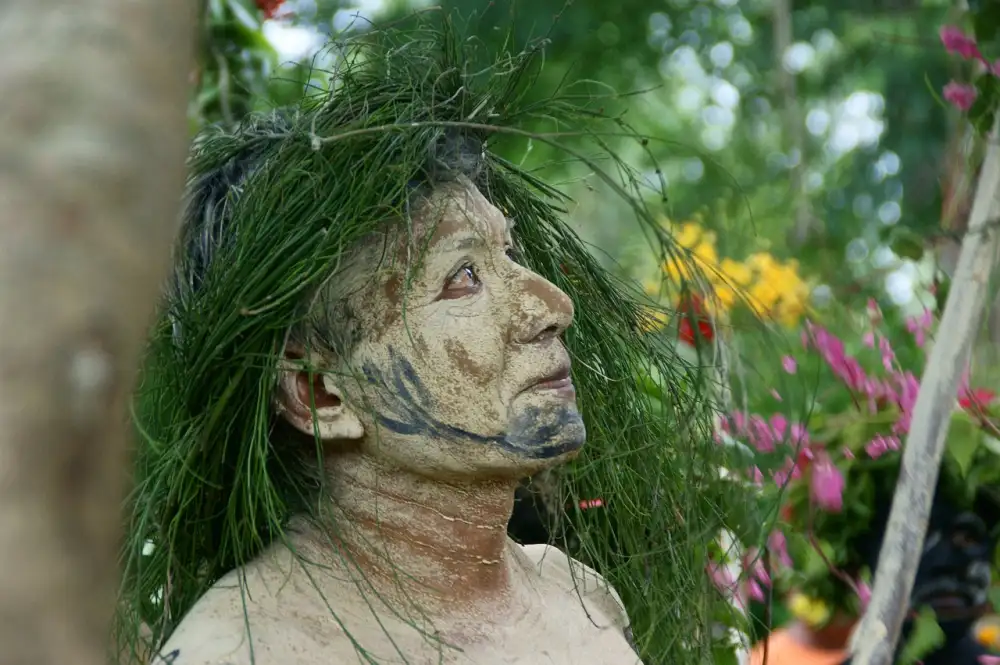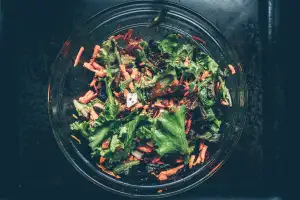Unveiling the Symbolism: Exploring the Seder Plate Items for Passover

- Maror: Bitter herbs symbolizing the bitterness of slavery.
- Charoset: A sweet mixture of fruits and nuts representing the mortar used by Jewish slaves.
- Karpas: A vegetable, often parsley, dipped in salt water to symbolize the tears shed during slavery.
- Z'roa: A roasted shank bone symbolizing the Paschal lamb sacrificed during the exodus from Egypt.
- Beitzah: A roasted egg representing the festival offering in the Holy Temple.
Maror: Bitter herbs symbolizing the bitterness of slavery.
Maror, one of the symbolic items on the Seder plate for Passover, holds a significant meaning in Jewish tradition. Bitter herbs such as horseradish or romaine lettuce are used to represent the bitterness of slavery that the Israelites endured in Egypt. The strong and pungent taste of maror serves as a reminder of the hardships faced by the Jewish people during their time of servitude. By consuming maror during the Passover Seder, participants connect with the past struggles of their ancestors and express gratitude for their freedom today.
Charoset: A sweet mixture of fruits and nuts representing the mortar used by Jewish slaves.
Charoset, a central item on the Seder plate during Passover, is a sweet mixture of fruits and nuts that holds deep symbolic meaning for the Jewish people. It represents the mortar that Jewish slaves used while building structures in Egypt. The blend of ingredients in charoset varies among different Jewish communities, with recipes incorporating apples, nuts, cinnamon, and wine to create a delicious paste reminiscent of the bricks and mortar made by their ancestors. This dish serves as a reminder of the hardships faced during slavery and the resilience of the Jewish people throughout history.
Karpas: A vegetable, often parsley, dipped in salt water to symbolize the tears shed during slavery.
Karpas, typically parsley, plays a significant role on the Seder plate during Passover. This vegetable is dipped in salt water to symbolize the tears shed by Jewish slaves during their time of bondage in Egypt. The act of dipping the karpas into the salt water serves as a poignant reminder of the hardships and suffering endured by the Israelites. It encourages reflection on the past and gratitude for freedom while honoring the resilience of those who came before us.
Z'roa: A roasted shank bone symbolizing the Paschal lamb sacrificed during the exodus from Egypt.
The Z'roa, a roasted shank bone on the Seder plate, holds deep symbolism in the Passover tradition. It represents the Paschal lamb sacrificed during the exodus from Egypt. The roasting of the bone signifies the fire used to cook the lamb, while its placement on the plate serves as a reminder of the ancient ritual observed by our ancestors. This item connects us to our history and reminds us of our journey from slavery to freedom.
Beitzah: A roasted egg representing the festival offering in the Holy Temple.
The Beitzah, a roasted egg on the Seder plate, holds significant symbolism during Passover. This item represents the festival offering that was traditionally made in the Holy Temple in Jerusalem. The egg is often roasted to symbolize mourning and loss, as well as renewal and the circle of life. Its presence reminds us of the historical connection to ancient rituals and serves as a reminder of hope for future redemptions.
Published: 30. 04. 2024
Category: Food



